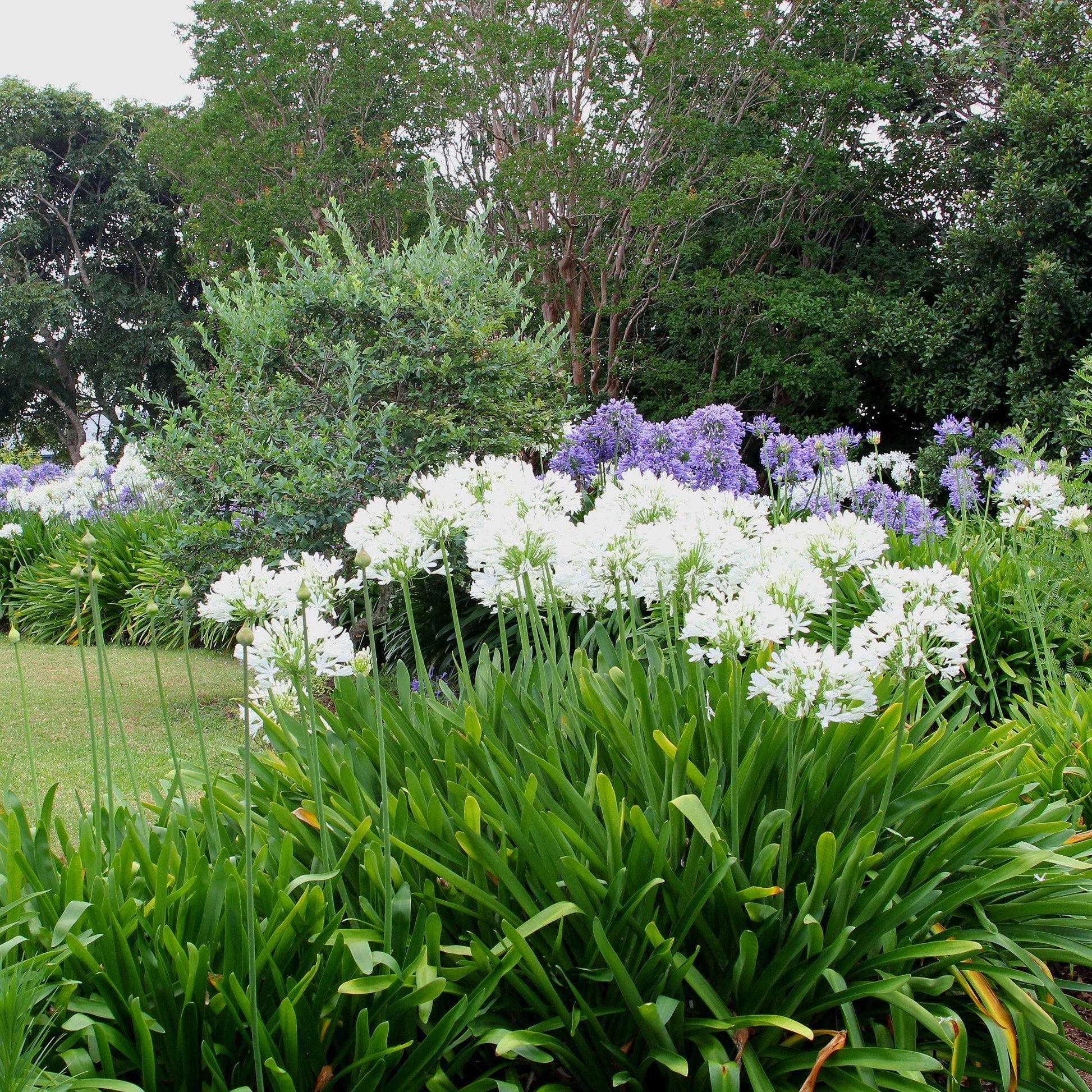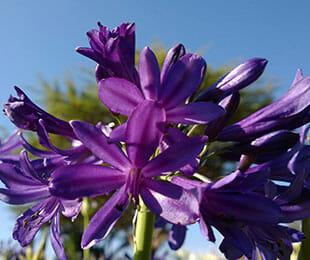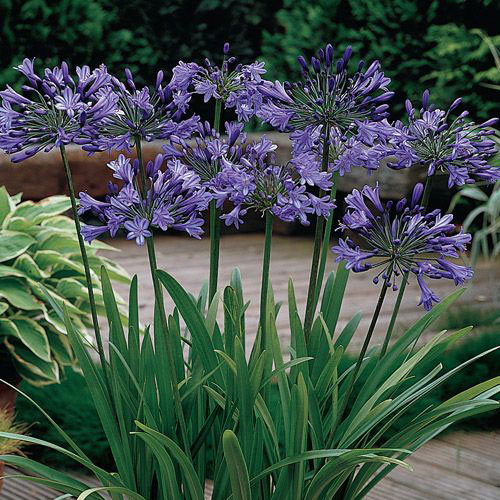Mastering the Art of Agapanthus Treatment: Vital Actions for Healthy Development and Dynamic Blossoms
In the realm of cultivation, the growing of agapanthus stands as a satisfying undertaking for those that seek to nurture these classy flowering plants. From choosing the right selection to mastering trimming strategies, the journey towards growing thriving agapanthus plants is complex and holds the vital to opening the full potential of these organic treasures.

Choosing the Right Agapanthus Range

When picking the ideal Agapanthus range for your yard, think about aspects such as environment viability, flower color, and development practice. Agapanthus, commonly called Lily of the Nile or African lily, is available in a range of shades ranging from tones of purple and blue to white. Pick a flower shade that enhances your existing garden scheme to develop a harmonious landscape. Furthermore, consider the climate in your region to guarantee the Agapanthus variety you choose can grow in your certain problems. Some selections are more forgiving of cool temperature levels, while others choose warmer environments. Comprehending the growth behavior of different Agapanthus ranges is critical for appropriate positioning within your yard. Some varieties have a clumping development practice, ideal for containers or borders, while others have an even more spreading nature, ideal for ground cover or mass plantings. By thoroughly examining these aspects, you can pick the best Agapanthus selection to enhance the elegance of your yard.
Ideal Planting Problems
Taking into consideration the ideal environmental needs is crucial for effective Agapanthus growing. Agapanthus plants are delicate to cold temperatures and must be secured from frost throughout winter season months.
To ensure healthy growth and dynamic flowers, plant Agapanthus light bulbs at a deepness of regarding 2-4 inches and room them 8-12 inches apart. Including raw material, such as garden compost, to the dirt can boost drainage and fertility, advertising durable origin advancement. Mulching around the base of the plants helps maintain moisture and suppresses weed development. Normal watering is crucial, particularly during the growing season, to keep the soil consistently moist but not saturated.
Watering and Fertilizing Tips
Preserving appropriate moisture degrees and providing important nutrients are key aspects in the treatment program for Agapanthus plants. When it comes to sprinkling Agapanthus, it is important to strike an equilibrium. These plants choose consistently wet soil yet are susceptible to root rot if overwatered.
Feeding Agapanthus is necessary for advertising healthy development and prolific blooms. Use a balanced fertilizer, such as a 10-10-10 formula, in the very early spring as brand-new growth arises. Repeat this application every 6-8 weeks throughout the expanding period. Avoid extreme fertilizing, as it can result in lush foliage at the cost of flowers. Constantly comply with the maker's instructions for proper dilution and application techniques. By following these watering and feeding suggestions, you can ensure your Agapanthus plants prosper and generate vibrant, resilient flowers.
Trimming Methods for Agapanthus
Trimming Agapanthus plants at the suitable times and with correct methods is crucial for preserving their health and advertising optimum development and flowering. The perfect time to prune Agapanthus is in late wintertime or early springtime prior to brand-new growth arises. Start by eliminating any yellowing or dead fallen leaves near the base of the plant. Cut them as short as possible without damaging the arising shoots.
Deadheading invested flowers can also redirect the plant's energy into generating pop over to this web-site more blooms instead than establishing seeds. If you want to gather seeds for propagation, leave some flowers to fully grown and dry on the plant.
Remember to make use of clean, sharp tools to make specific cuts and decrease the risk of introducing diseases. Agapanthus. Normal trimming will assist keep your Agapanthus looking cool and healthy while making sure a plentiful screen of lovely blossoms
Handling Usual Pests and Illness
After making certain appropriate trimming techniques for Agapanthus, it is necessary to deal with common parasites and illness that can affect the health and vitality of these plants. One common bug that influences Agapanthus is the Agapanthus gall midge.
Additionally, Agapanthus plants can suffer from root rot if they are grown in poorly draining pipes soil. By being attentive and taking punctual activity versus conditions and parasites, you can assist your Agapanthus plants thrive and create lively flowers. Agapanthus.

Final Thought
In final thought, grasping the art of agapanthus treatment includes choosing the best selection, providing perfect planting problems, appropriate watering and feeding, appropriate trimming techniques, and addressing common bugs and diseases. By complying with these vital actions, you can make certain healthy development and vivid flowers for your agapanthus plants. Remember to on a regular basis monitor and maintain your plants to promote their overall health and long life.
To make certain healthy development and vivid blooms, plant Agapanthus light bulbs at a deepness of about 2-4 inches and space them 8-12 inches apart. By following these watering and fertilizing pointers, you can ensure your Agapanthus plants prosper and produce lively, long-lasting blossoms.
One usual bug that influences Agapanthus is the use this link Agapanthus gall midge. Additionally, Our site Agapanthus plants can endure from root rot if they are planted in inadequately draining dirt. By adhering to these crucial actions, you can make sure healthy and balanced development and vibrant flowers for your agapanthus plants.
Comments on “Agapanthus Varieties: Picking the Best for Your Landscape”